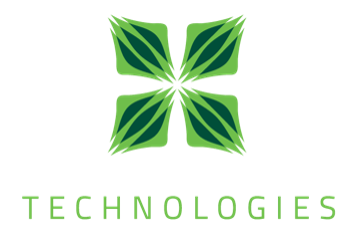The economy as it is today, relies on a linear model. We take raw materials out of the natural system, turn them into products and then dispose them back to the environment. This model assumes a constant supply of resources and an infinite capacity of the natural system to absorb the waste. This seemed to work for as long as the economy was small. Now with a population rapidly reaching 8 billion people, the economy is so large that the linear model is no longer sustainable.
Circular economy proposed business models that aim to radically reduce the extraction of raw material and the production of waste. This is achieved by keeping material, components and resources in closed usage loops, where their value is depreciated as little as possible.
Circular models rely on four main pillars:
- Waste = Food
Inspired by nature where the notion of waste does not exist, where one species’ waste becomes another ones food, products are designed so they can be reused, remanufactured or disassembled at the end of their life. Cradle to grave of a product i.e. from creation to disposal becomes cradle to cradle, and used in perpetual cycles. Similarly processes are designed so that the materials used, never become waste, instead, at the end of the cycle they are used by another process, as raw material. - Thinking in systems
Every entity in the economy is connected to other entities just like gear in an engine or cells in an organism, forming a system, where the actions of one influence the others around and each ones choices affect the entire value chain. - Build resilience through diversity
A system can derive greater value through diversity by sharing strengths and a greater pool of resources to draw on. Such a system would be more able to recover from a disruptive event. - Use energy from renewable sources
Production of renewable energy relies, on diverse, perpetually re-generated sources, that are effective and have minimal environmental footprint.



